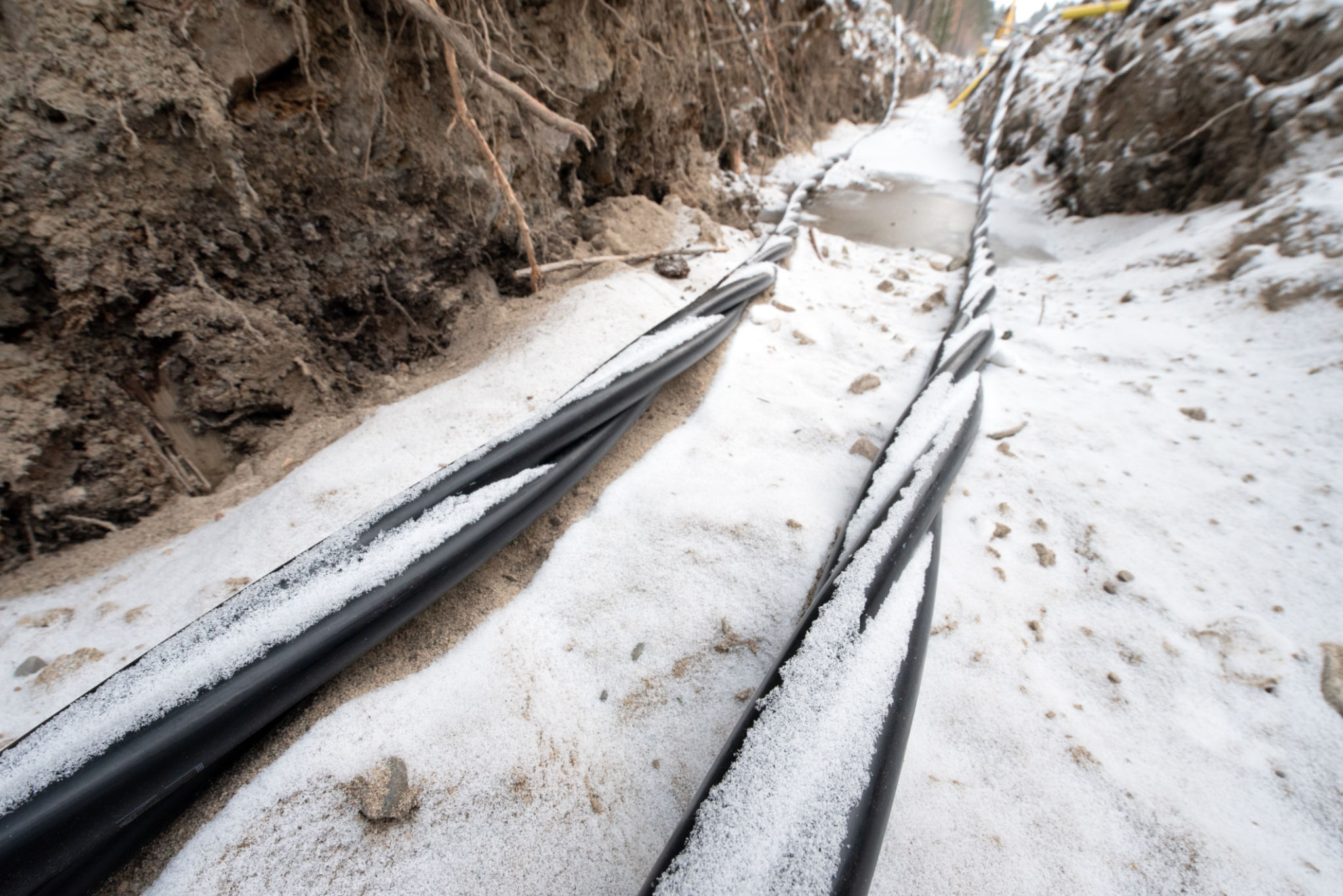How to Optimize Your Fiber Networks During the Winter Months in Zuid-Holland
Td
Understanding the Impact of Winter on Fiber Networks
Winter in Zuid-Holland can bring a unique set of challenges for maintaining and optimizing fiber networks. Cold temperatures, snow, and ice can impact the physical infrastructure, leading to potential disruptions in service. It's crucial for network operators to be proactive in preparing and optimizing their networks to withstand these conditions.
Fiber optic cables are generally resilient, but harsh weather conditions can still affect performance. For instance, moisture ingress from snow and ice can lead to signal loss. Therefore, it’s important to implement strategies that minimize these risks and maintain optimal performance throughout the winter months.

Conducting Thorough Inspections
A critical step in optimizing fiber networks during winter is conducting thorough inspections. Regular inspections allow you to identify any potential weak points or vulnerabilities in the network that could be exacerbated by harsh weather.
Check for Physical Damage
Inspect physical components such as junction boxes and cable coatings for any signs of wear and tear. Damaged or exposed cables are more susceptible to moisture ingress, which can cause signal degradation. Repair or replace any compromised components promptly to prevent future issues.

Implementing Weatherproofing Measures
Weatherproofing your fiber network infrastructure is another effective way to ensure consistent performance during winter. This involves reinforcing and sealing vulnerable points in the network to prevent moisture intrusion.
Sealing Connections and Enclosures
Ensure that all connections are sealed properly. Use waterproof sealing materials around enclosures, junctions, and entry points where cables enter buildings. This helps prevent moisture from compromising the internal components of your fiber network.
- Apply waterproof sealants to cable junctions.
- Use enclosures that provide protection against snow and ice.
- Inspect and replace any damaged seals promptly.

Monitoring Network Performance
Continuous monitoring of your fiber network's performance is crucial during the winter months. Implementing a robust monitoring system allows you to detect issues early and address them before they escalate into major problems.
Utilize Network Management Tools
Deploy network management tools that offer real-time monitoring capabilities. These tools can alert you to fluctuations in signal strength or unexpected outages, allowing for swift intervention. Maintaining a log of these occurrences can also help in identifying recurring issues that may require long-term solutions.

Preparing for Emergencies
Despite all precautions, emergencies can still occur. Having a well-thought-out contingency plan ensures that you can respond quickly and effectively to any disruptions caused by severe weather conditions.
Develop a Response Plan
Create a comprehensive response plan that includes steps to take in case of network failures. Assign roles and responsibilities to team members, ensuring that everyone knows their part in the event of an emergency. Regularly review and update this plan to incorporate new strategies or technologies as they become available.
- Establish a communication protocol for reporting issues swiftly.
- Maintain an inventory of spare parts and repair tools.
- Train staff on emergency procedures regularly.
By implementing these strategies, network operators in Zuid-Holland can optimize their fiber networks for winter conditions, ensuring reliable service continuity throughout the season.
